The 1960s were a time of bold experimentation, breaking societal norms, and celebrating individuality through fashion. But not all trends from this iconic decade have aged gracefully. Some styles that were once seen as cutting-edge now come across as culturally insensitive, exploitative, or downright problematic. Let’s take a look at some of the wild fashion trends from the ’60s that, while unforgettable, would spark backlash if they made a comeback today.
1. Native American-Inspired Fringe Dresses
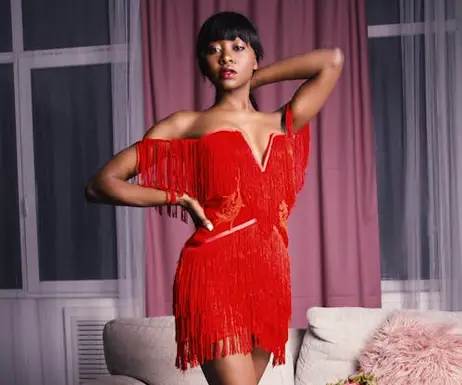
In the ’60s, fringe dresses inspired by Native American regalia were all the rage, especially in bohemian and festival fashion. These designs often featured suede, feathers, and beadwork, which were borrowed heavily from Native American culture but stripped of their original significance. Celebrities and models wore them on runways and at parties without understanding or honoring the deep cultural heritage they represented.
Today, this trend would likely be labeled as cultural appropriation, as it commodified sacred symbols for aesthetic purposes. While fringe itself remains a popular fashion detail, using it in ways that imitate Native American attire would draw criticism for its insensitivity. This is a clear example of how fashion can evolve to be more respectful of cultural boundaries while still allowing for creativity.
2. Blackface-Inspired “Afro” Wigs for Costume Parties
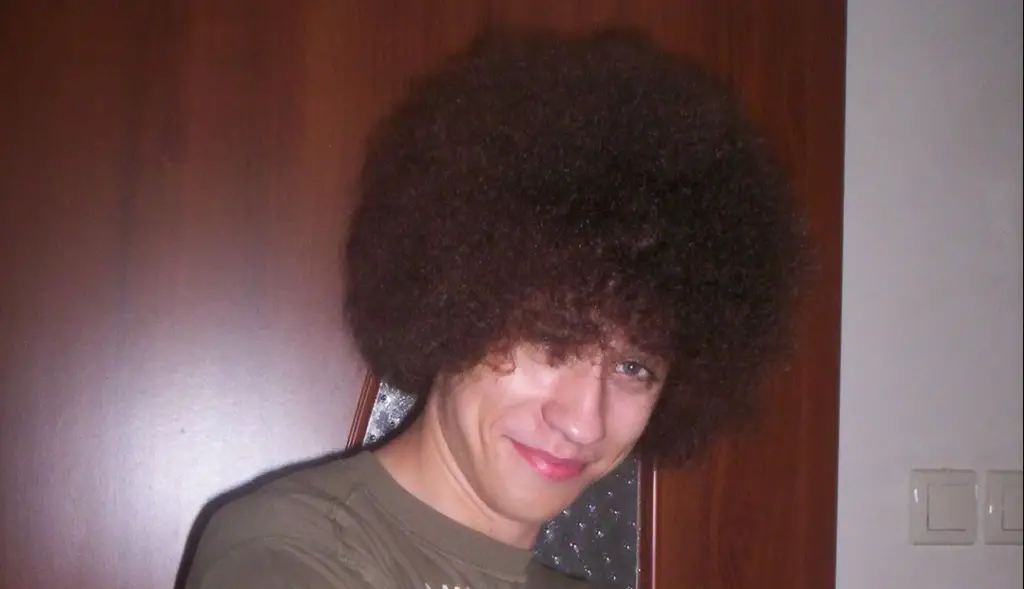
The ’60s saw the rise of themed costume parties, where people would don afro wigs as part of their outfits, often caricaturing Black culture. These wigs became associated with the rise of the civil rights movement and the celebration of Black identity, but their use by non-Black individuals often reduced an entire culture to a prop.
Modern audiences would find this trend deeply offensive, as it trivializes the struggles and identity of Black communities. While the intention may have been playful, the impact was harmful, turning a powerful symbol of pride into a shallow party accessory. It’s a stark reminder of how far society has come in recognizing and rejecting overtly racist practices.
3. The “Asian-Inspired” Cheongsam Dresses
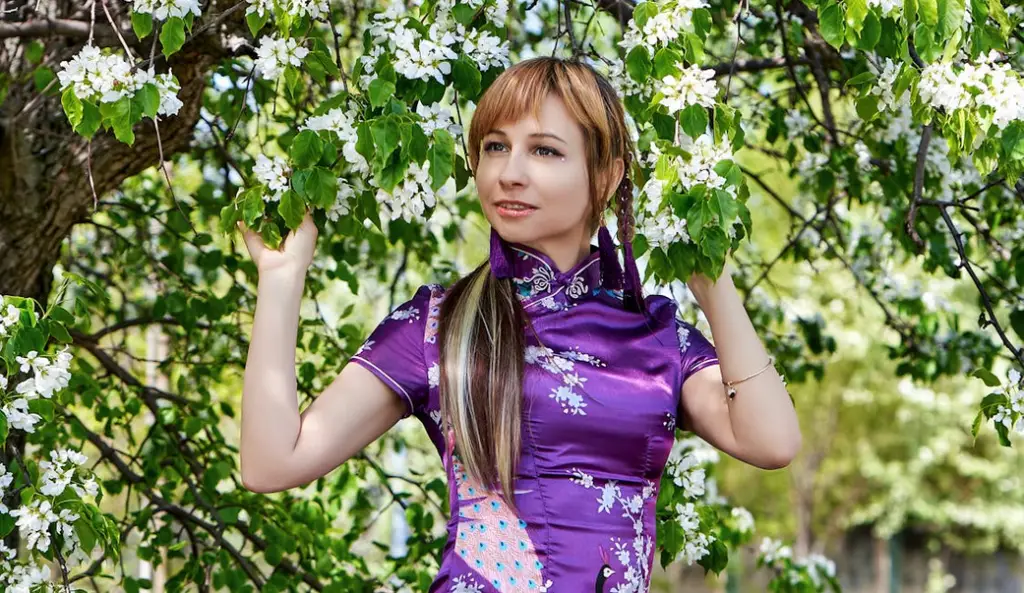
The cheongsam, a traditional Chinese dress, was popularized in the West during the ’60s as a sleek and exotic garment. High-fashion designers created their own versions, often incorporating stereotypical “Asian” motifs like dragons or pagodas, reducing the rich history of the attire to a mere fashion statement.
Today, such interpretations would be seen as a disrespectful oversimplification of Chinese culture. While the cheongsam itself is a beautiful garment, its use as a novelty item in Western fashion shows and parties would likely spark backlash for appropriating a cultural tradition without understanding or honoring its roots.
4. Warrior-Inspired Helmets and Accessories

The ’60s penchant for dramatic, avant-garde designs led to fashion inspired by African tribes, with models wearing headpieces and accessories resembling warrior helmets or shields. These pieces were often paired with animal-print clothing and marketed as “safari chic,” turning traditional African symbols into exoticized props.
Such trends would now be criticized for perpetuating stereotypes and reducing diverse African cultures to a monolithic idea of “the wild.” Modern fashion emphasizes collaboration with and representation of the cultures being referenced, rather than exploiting their imagery for shock value.
5. Gender-Bending Military Uniforms

Military-inspired fashion was a staple of the ’60s, but some designers pushed the boundaries by incorporating elements of Nazi uniforms into their collections. While the intent was to provoke and challenge societal norms, the imagery of SS-style caps and jackets came across as glorifying a dark period of history.
Today, such designs would be considered offensive and insensitive to the millions who suffered under Nazi rule. While military-inspired fashion persists, designers now avoid referencing regimes associated with oppression and atrocity. This trend highlights the fine line between provocation and poor taste.
6. The Miniskirt “Peekaboo” Craze
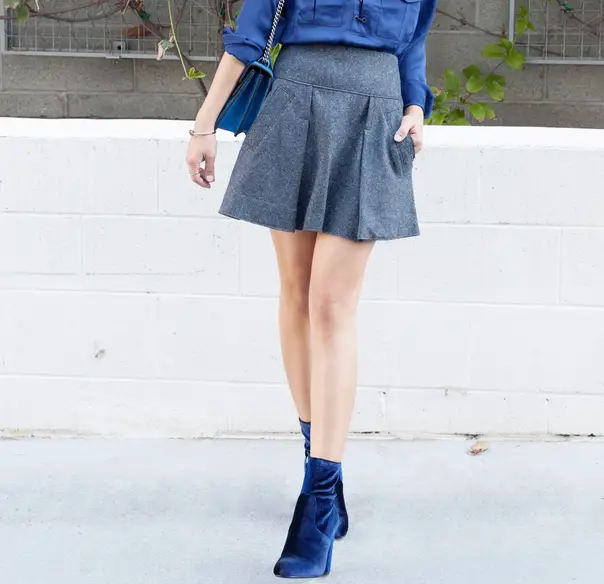
The miniskirt was a revolutionary piece of ’60s fashion, symbolizing liberation and rebellion. However, some designs went too far, incorporating transparent panels or cuts that exposed undergarments. These styles often played into voyeuristic fantasies, reducing women to objects of the male gaze.
While the miniskirt remains a beloved staple, such overtly suggestive designs would likely be criticized today for perpetuating outdated gender norms and objectification. The conversation around body positivity and consent has shifted, and fashion has evolved to empower rather than exploit.
7. “Arabian Nights” Costumes
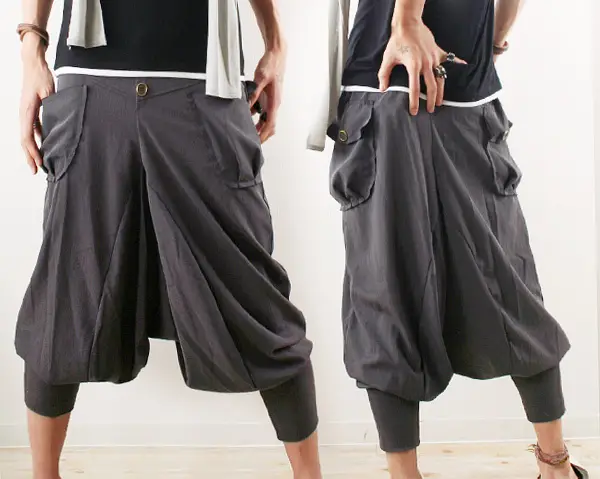
Middle Eastern-inspired fashion was a popular theme for parties and runways, with harem pants, turbans, and veils featured prominently. These outfits often romanticized and exoticized Middle Eastern cultures, turning deeply rooted traditions into playful costume party attire.
Today, such trends would be viewed as culturally insensitive, especially as they perpetuate stereotypes about Middle Eastern people. While elements of Middle Eastern design remain influential, they are now incorporated with greater respect for their origins and significance.
8. Oversized Tribal Jewelry

Chunky, tribal-inspired jewelry was a go-to accessory in the ’60s, with designs mimicking the adornments of Indigenous peoples from Africa, Asia, and the Americas. These pieces were often mass-produced without regard for the craftsmanship or cultural meaning behind the original designs.
Modern audiences would call out such jewelry for cultural appropriation, as it reduced sacred and ceremonial items to trendy accessories. The fashion industry has since begun to prioritize collaborations with artisans from the cultures being referenced, ensuring authenticity and respect.
9. “Maid” and “Servant” Costumes as Chic Attire
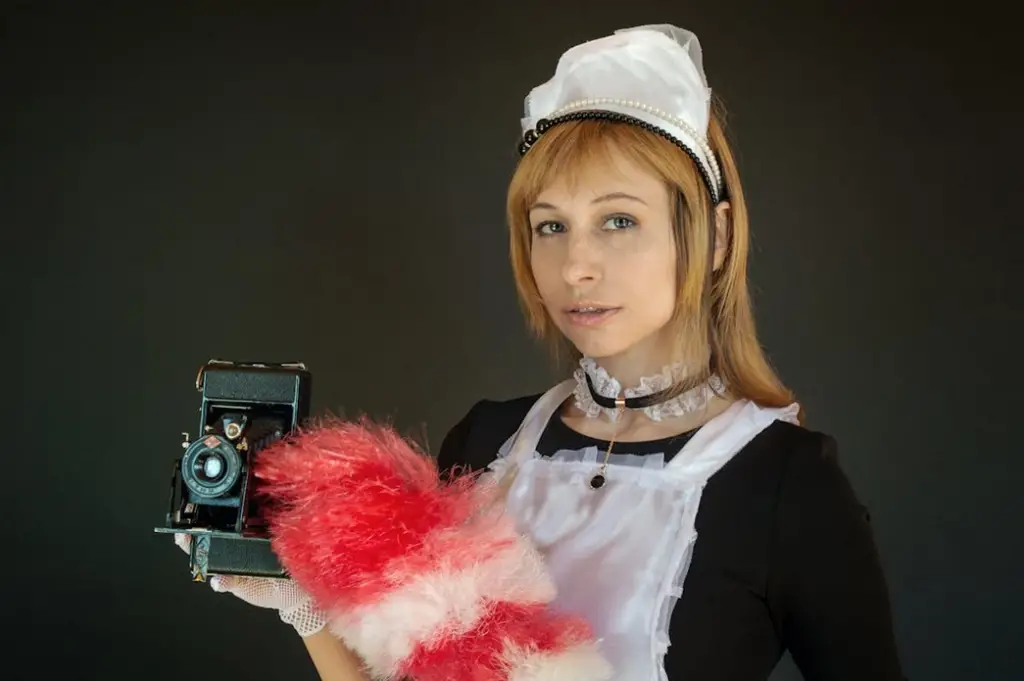
The fetishization of servant attire, such as French maid costumes, became a quirky fashion statement in the ’60s. These outfits were often sexualized, turning a symbol of labor and service into a playful and provocative look.
Today, this trend would face criticism for trivializing the experiences of domestic workers, many of whom faced significant hardships and exploitation. The glamorization of servant roles reflects a lack of awareness about class struggles, which would not resonate well with contemporary audiences.
10. Racially Insensitive Halloween Costumes
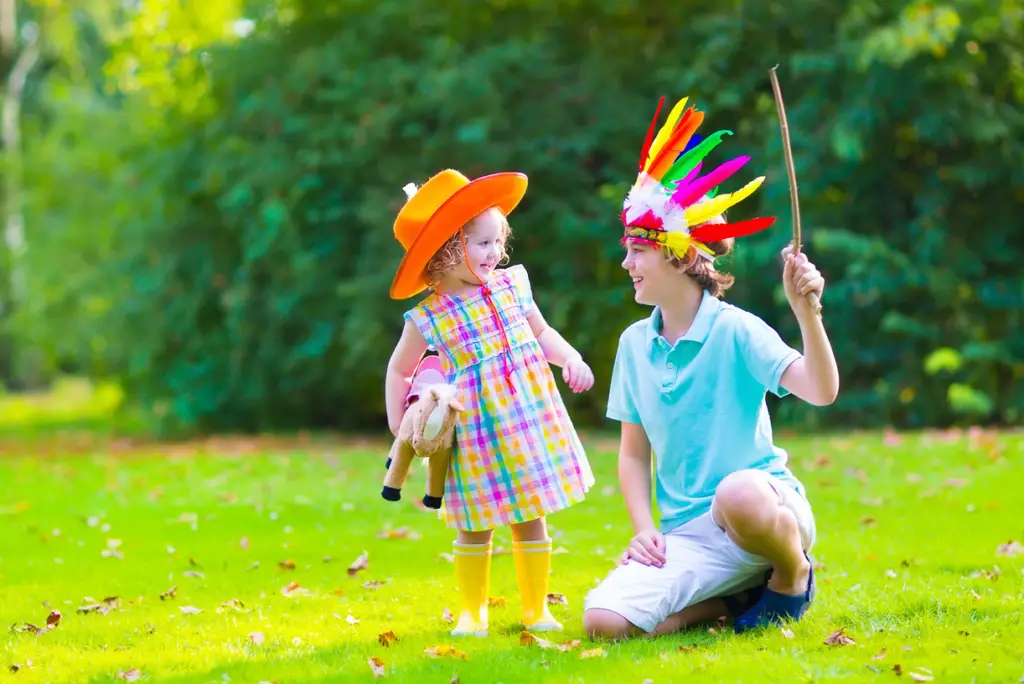
Themed parties and Halloween celebrations in the ’60s often included costumes that caricatured various races, from stereotypical “Mexican” ponchos and sombreros to exaggerated “Japanese” geisha outfits. These costumes relied on stereotypes for humor and aesthetic, with little regard for their offensive implications.
Such costumes are now widely condemned for perpetuating harmful racial stereotypes. Modern fashion and party culture emphasize celebrating diversity without resorting to caricature, a significant departure from the casual insensitivity of the past.
11. “African Safari” Runway Themes
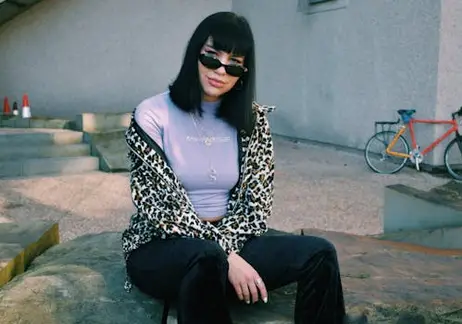
Safari-themed collections often featured khaki suits, animal prints, and accessories like pith helmets, evoking imagery of colonial explorers. These designs romanticized colonialism and overlooked its exploitative history, framing it as an adventurous aesthetic.
Today, such trends would face backlash for glorifying a period of oppression and erasure of Indigenous cultures. The growing emphasis on decolonizing fashion has shifted the focus away from such problematic themes.
12. “Wild West” Ensembles with Feathered Headdresses
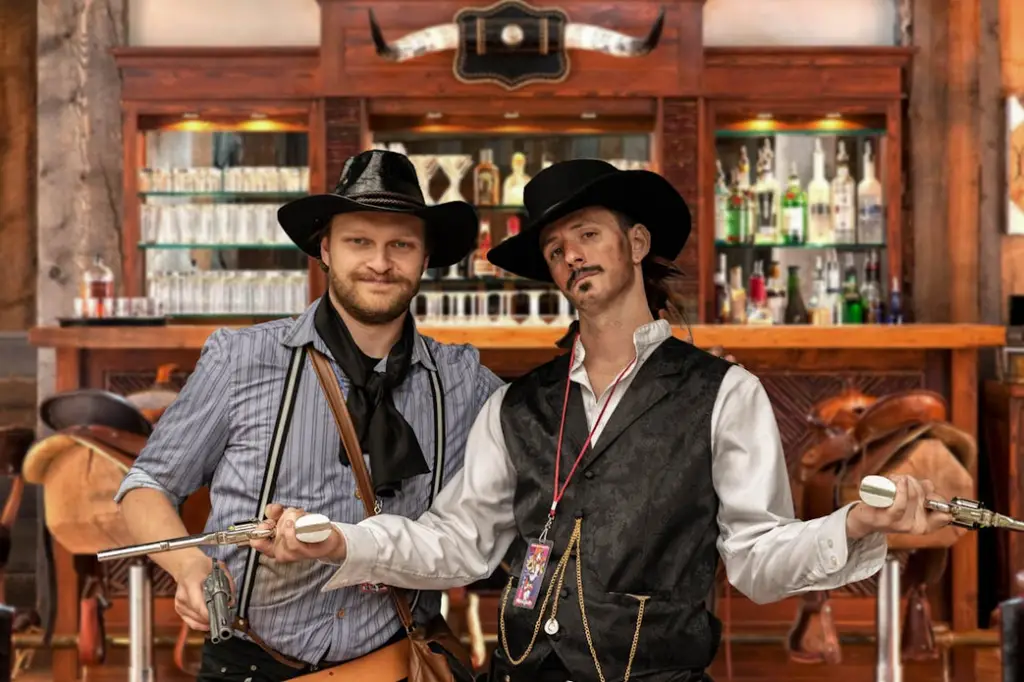
Cowboys and Native Americans were common fashion inspirations in the ’60s, with headdresses often used as statement pieces. These sacred symbols were worn without understanding their significance, reducing them to costume accessories.
Modern audiences view this trend as blatant cultural appropriation, as headdresses hold deep spiritual and cultural value for many Native American tribes. Fashion today strives to avoid exploiting sacred symbols for aesthetic purposes.
13. Hyper-Sensual“Mod” Looks
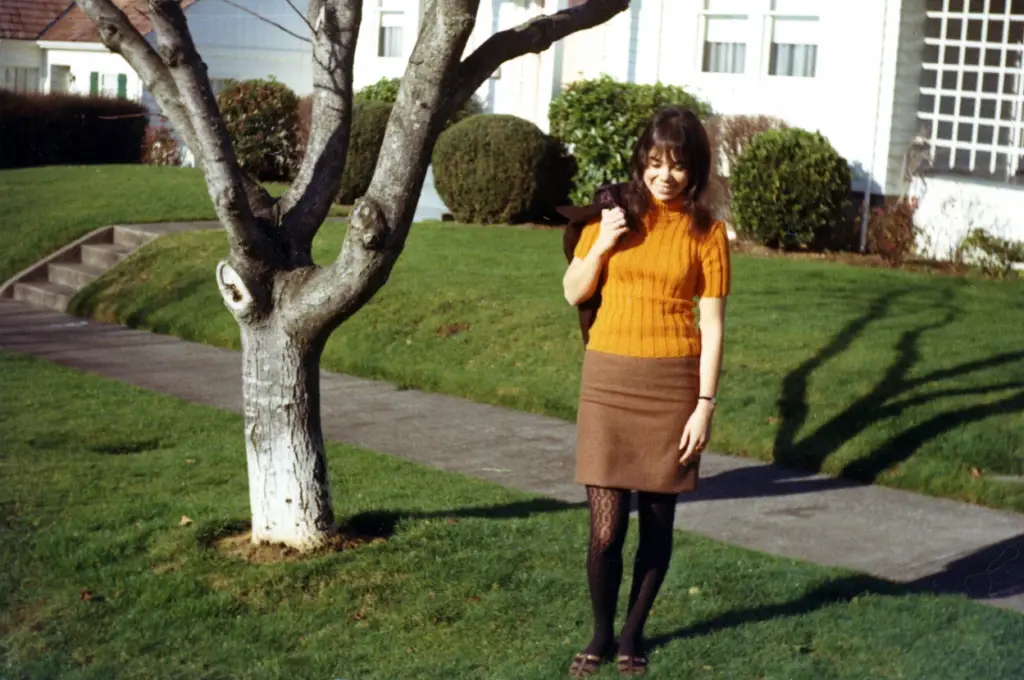
The mod movement brought bold designs like go-go boots, micro-minis, and skin-tight dresses to the forefront, but some iterations of these looks went overboard, pushing boundaries to the point of discomfort. Advertisements and runways often portrayed these styles in ways that objectified women, leaning heavily on sexual appeal to sell clothes.
While mod fashion is still celebrated, the hyper-sexualized marketing would likely spark outrage today for its reinforcement of the male gaze. The push for body autonomy and inclusive representation has made such exploitative tactics far less acceptable.
The 1960s gave us unforgettable fashion that reflected its revolutionary spirit, but these trends remind us how much society—and style—has evolved. What was once seen as daring or fun may now seem problematic, a testament to the progress we’ve made in embracing cultural sensitivity and respect for individuality.


